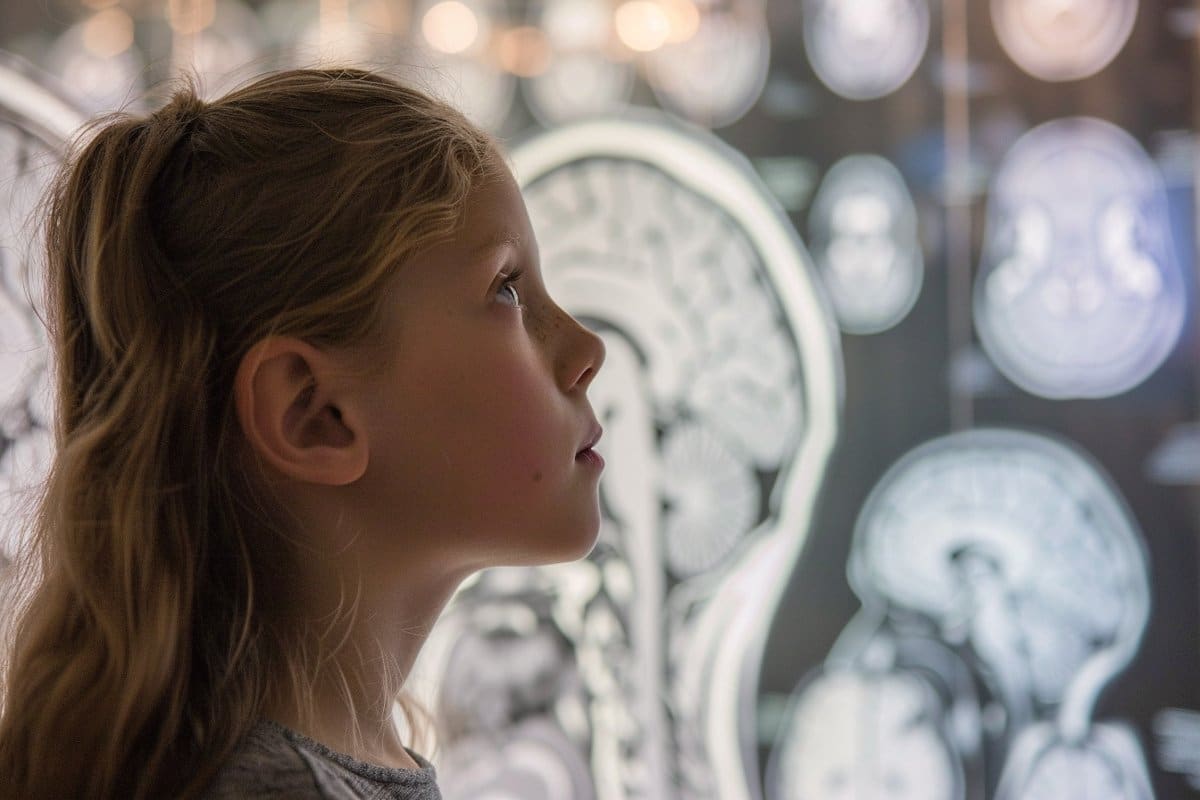Summary: Researchers have made a pivotal discovery in ADHD research, finding that the disorder’s symptoms are connected to unusual interactions between the brain’s frontal cortex and its deeper information processing centers. By analyzing an unprecedented dataset of over 10,000 functional brain images from youths with and without ADHD, the study uncovers heightened connectivity between key brain areas responsible for learning, emotion, and behavior control.
This research overcomes the limitations of previous smaller studies, offering new, solid evidence of the neural pathways involved in ADHD. These findings not only deepen our understanding of ADHD but also pave the way for developing more targeted and effective treatments.
Key Facts:
- The study analyzed functional brain connectivity in over 8,000 youths, identifying increased connectivity between deep brain structures and the frontal cortex in those with ADHD.
- It provides robust evidence supporting the theory of atypical brain interactions underlying ADHD symptoms, a theory previously suggested but not conclusively proven due to the small scale of past studies.
- The research was conducted by the NIH’s NIMH and National Human Genome Research Institute, marking a significant advancement in understanding ADHD’s neural mechanisms.
Source: NIH
Researchers at the National Institutes of Health (NIH) have discovered that symptoms of attention-deficit/hyperactivity disorder (ADHD) are tied to atypical interactions between the brain’s frontal cortex and information processing centers deep in the brain.
The researchers examined more than 10,000 functional brain images of youth with ADHD and published their results in the American Journal of Psychiatry. The study was led by researchers at NIH’s National Institute of Mental Health (NIMH) and National Human Genome Research Institute.

Luke Norman, Ph.D., a staff scientist in the NIMH Office of the Clinical Director, and colleagues analyzed brain images supplied by more than 8,000 youth with and without ADHD sourced from six different functional imaging datasets. Using these images, the researchers examined associations between functional brain connectivity and ADHD symptoms.
They found that youth with ADHD had heightened connectivity between structures deep in the brain involved in learning, movement, reward, and emotion (caudate, putamen, and nucleus accumbens seeds) and structures in the frontal area of the brain involved in attention and control of unwanted behaviors (superior temporal gyri, insula, inferior parietal lobe, and inferior frontal gyri).
While neuroscience researchers have long suspected that ADHD symptoms result from atypical interactions between the frontal cortex and these deep information-processing brain structures, studies testing this model have returned mixed findings, possibly due to the small nature of the studies, with only 100 or so subjects.
Researchers suggest that the smaller studies may not have been able to reliably detect the brain interactions leading to the complex behaviors seen in ADHD.
The findings from this study help further our understanding of the brain processes contributing to ADHD symptoms—information that can help inform clinically relevant research and advancements.
About this ADHD and brain connectivity research news
Author: Claire Cole
Source: NIH
Contact: Claire Cole – NIH
Image: The image is credited to Neuroscience News
Original Research: The findings will be presented in American Journal of Psychiatry







